INVERSE TRANSFORMS AND PARTIAL FRACTIONSThe flowchart in Figure 17.20 The methodology for doing an inverse transform of an output function shows the general procedure for converting a function from the s-domain to a function of time. In some cases the function is simple enough to immediately use a transfer function table. Otherwise, partial fraction expansion is normally used to reduce the complexity of the function. 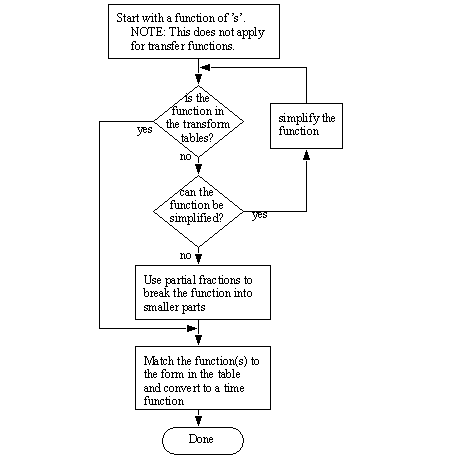
Figure 17.20 The methodology for doing an inverse transform of an output function Figure 17.21 The methodology for solving partial fractions shows the basic procedure for partial fraction expansion. In cases where the numerator is greater than the denominator, the overall order of the expression can be reduced by long division. After this the denominator can be reduced from a polynomial to multiplied roots. Calculators or computers are normally used when the order of the polynomial is greater than second order. This results in a number of terms with unknown residues that can be found using a limit or algebra based technique. 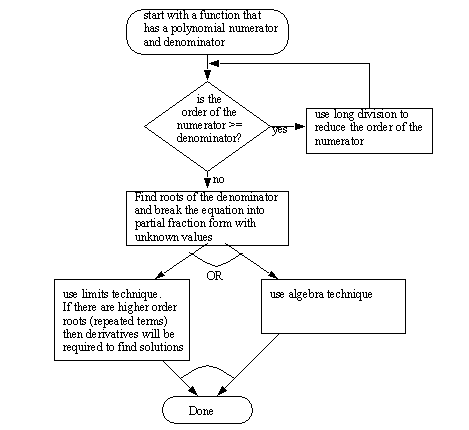
Figure 17.21 The methodology for solving partial fractions Figure 17.22 Partial fractions when the numerator is larger than the denominator shows an example where the order of the numerator is greater than the denominator. Long division of the numerator is used to reduce the order of the term until it is low enough to apply partial fraction techniques. This method is used infrequently because this type of output function normally occurs in systems with extremely fast response rates that are infeasible in practice. 
Figure 17.22 Partial fractions when the numerator is larger than the denominator Partial fraction expansion of a third order polynomial is shown in Figure 17.23 A partial fraction example. The s-squared term requires special treatment. Here it produces two partial fraction terms divided by s and s-squared. This pattern is used whenever there is a root to an exponent. 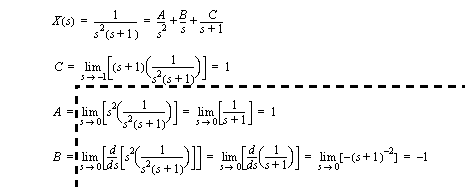
Figure 17.23 A partial fraction example Figure 17.24 Partial fractions with repeated roots shows another example with a root to an exponent. In this case each of the repeated roots is given with the highest order exponent, down to the lowest order exponent. The reader will note that the order of the denominator is fifth order, so the resulting partial fraction expansion has five first order terms. 
Figure 17.24 Partial fractions with repeated roots Algebra techniques are a reasonable alternative for finding partial fraction residues. The example in Figure 17.25 Solving partial fractions algebraically extends the example begun in Figure 17.24 Partial fractions with repeated roots. The equivalent forms are simplified algebraically, until the point where an inverse matrix solution is used to find the residues. 
Figure 17.25 Solving partial fractions algebraically For contrast, the example in Figure 17.25 Solving partial fractions algebraically is redone in Figure 17.26 Solving partial fractions with limits using the limit techniques. In this case the use of repeated roots required the differentiation of the output function. In these cases the algebra techniques become more attractive, despite the need to solve simultaneous equations. 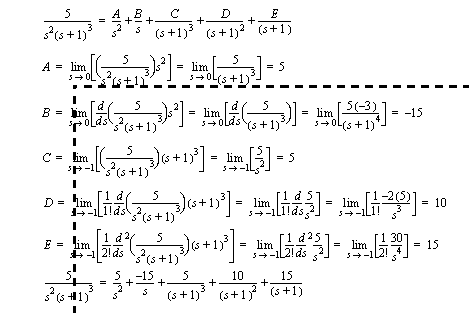
Figure 17.26 Solving partial fractions with limits An inductive proof for the limit method of solving partial fractions is shown in Figure 17.27 A proof of the need for differentiation for repeated roots. 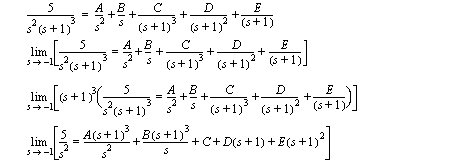
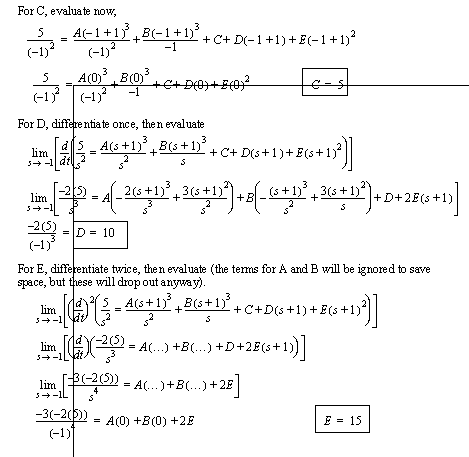
Figure 17.27 A proof of the need for differentiation for repeated roots 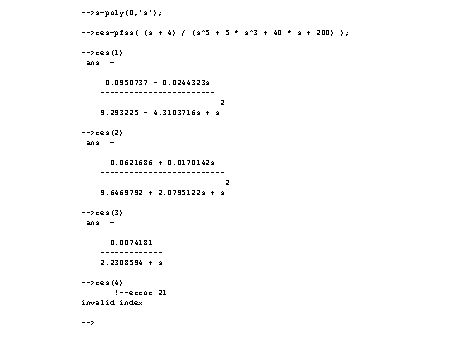
|